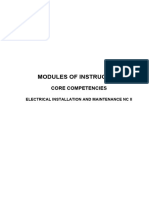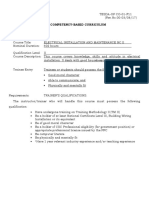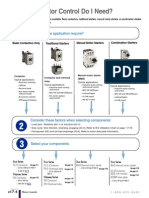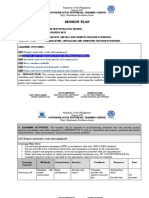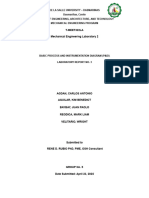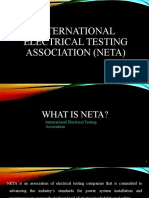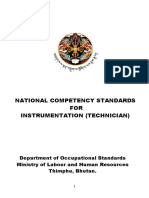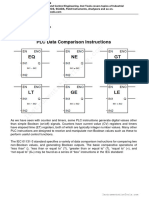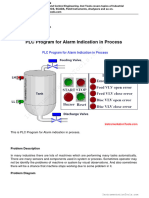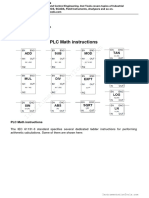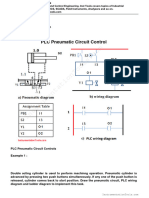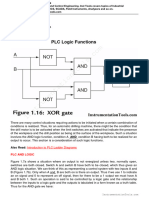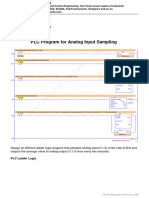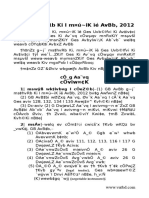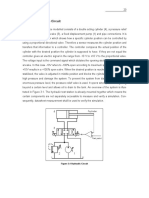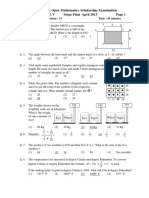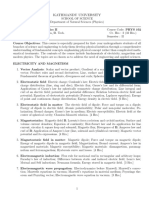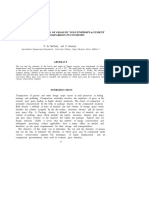0% found this document useful (0 votes)
138 views7 pagesLatest Transformers Questions Answers
The document discusses Instrumentation Tools, a website that provides learning resources covering topics in industrial instrumentation, PLCs, DCS, SCADA, field instruments, and analyzers. It mentions that the website covers topics related to instrumentation and control engineering.
Uploaded by
Instrumentation ToolsCopyright
© © All Rights Reserved
We take content rights seriously. If you suspect this is your content, claim it here.
Available Formats
Download as PDF, TXT or read online on Scribd
0% found this document useful (0 votes)
138 views7 pagesLatest Transformers Questions Answers
The document discusses Instrumentation Tools, a website that provides learning resources covering topics in industrial instrumentation, PLCs, DCS, SCADA, field instruments, and analyzers. It mentions that the website covers topics related to instrumentation and control engineering.
Uploaded by
Instrumentation ToolsCopyright
© © All Rights Reserved
We take content rights seriously. If you suspect this is your content, claim it here.
Available Formats
Download as PDF, TXT or read online on Scribd
/ 7

